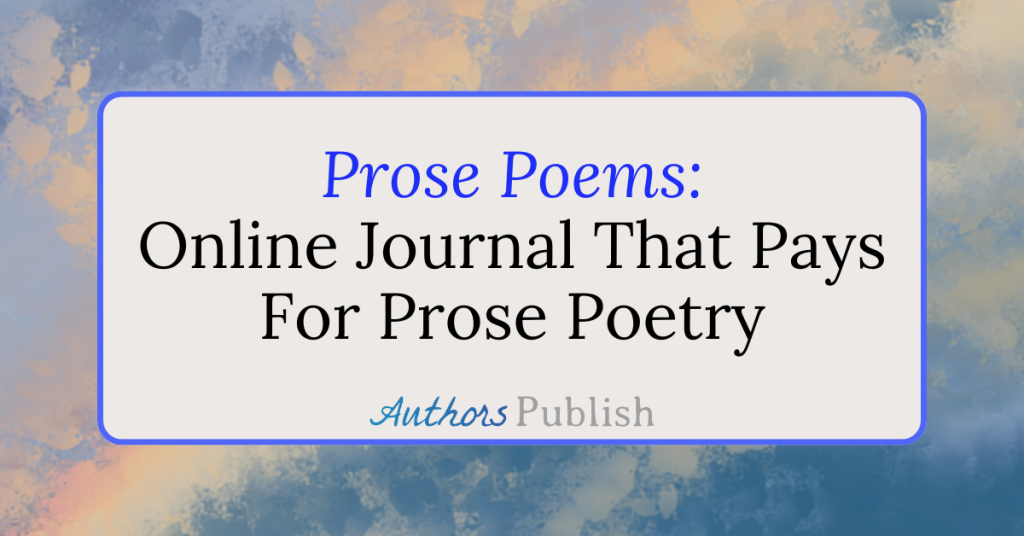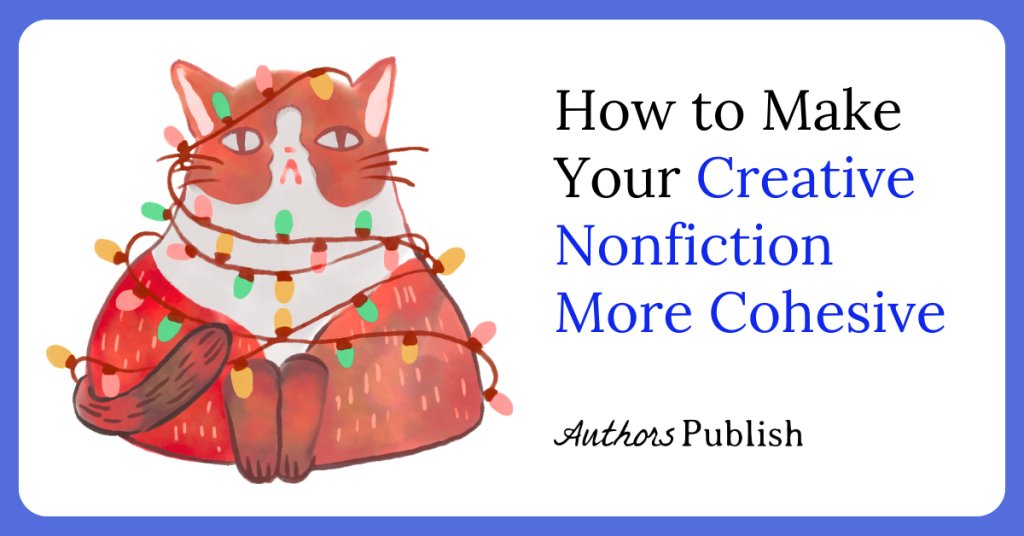Duotrope is a publisher listing service. They are primarily a catalog of literary journals although they include small presses as well. This year Duotrope is branching out to include more mainstream magazines and publications that are open to journalistic submissions.
At the time I am writing this their listing includes 5425 markets that accept fiction, poetry, or nonfiction. In order to access detailed information about these markets you must be a duotrope subscriber.
Duotrope has submission trackers that subscribers can use to track of where their work is submitted, where it is accepted and where it is rejected. They use the information about where members submit their work to provide acceptance and rejection rates for many markets. They also use this information to provide information about how much time, on average, each market takes to consider a piece. These ‘stats’ as they call them, can be very helpful.
Some journals accept over 50 percent of what is submitted to them. Some accept less than 1%. Of course these stats do not exist for every market, just for markets that enough members submit to. Also, these stats only reflect information entered by duotrope members. Which means that some markets are listed as accepting 0% of the work submitted, which is impossible.
However from all the editors of literary journals I have talked to, the stats are roughly accurate. A journal that has 10% to 1% acceptances rate on duotrope accepts very few pieces out of the many that are submitted to them.
Now when I started to use duotrope six years ago it was a free service. It switched to a paying service three years ago. I was very upset when the switch happened because I don’t believe writers should have to pay to access resources, which is becoming the case more commonly.
You can try Dutrope for 7-days for free as a trial. In order to do that you have to enter your credit card information and you have to cancel before that trial becomes a 5 dollar (US) a month membership. You can also subscribe to Dutrope annually for $50 (US).
There are other places where you can find out information about literary journals and writers markets for free including Authors Publish, Poets & Writers, New Pages, The Review Review and Every Writer.
There is also the free service The (Submissions) Grinder. They offer a lot of the same services for free, but their site is difficult to navigate and they do not have as many sources for statistics.
If you are only submitting sporadically, do not even consider using Duotrope.What I mean is that if you are only submitting to five places a month you can learn enough from the databases listed in the previous paragraph.
If the main reason that you are interested in using Duotrope is the submission tracker, it is not worth it. Most people do a better job with a spreadsheet or a word document.
Also if you are primarily concerned with placing a manuscript, Dutrope is not particularly helpful. They do not list that many full length manuscript publishers, and the information that they provide on these publishers is sparse.
However, if you are submitting consistently Duotrope can be very helpful. They list right up front if publication charges for submissions. Poets & Writers database does not.
If you are concerned with placing your work in more competitive journals, you should should also subscribe to Duotrope, particularly if you are not part of a community of writers that could share with you their knowledge about publishers.
If you are interested in subscribing or just learning more, you can visit their website here.






